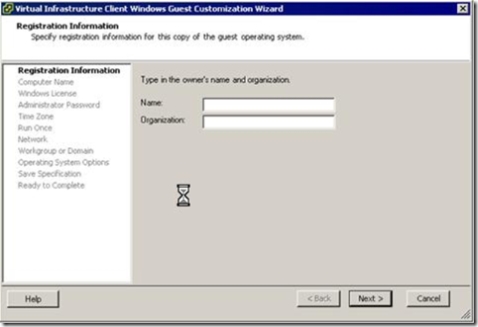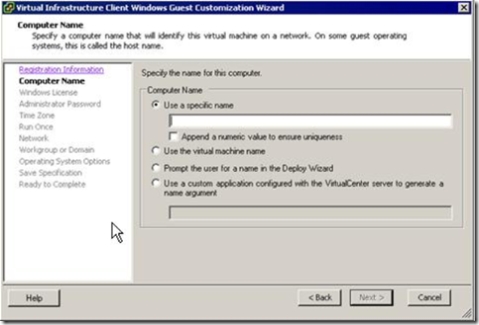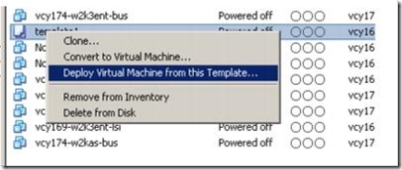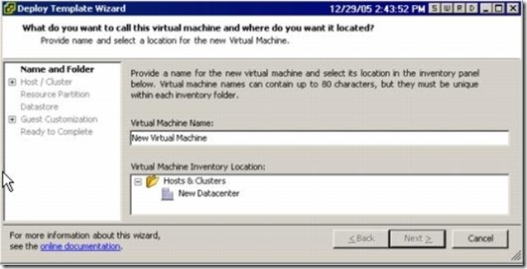Excellent explanation of various storage technologies, especially Thin disks from vmmba.
There are three main technologies that can accomplish storage oversubscription:
- Linked clones
-
This feature is available in VMware Lab Manager and VMware Workstation at the virtual disk level. When a linked clone is used, the new VM uses pointers to the original VM for all common data.
-
The additional advantage of linked clones is that whitespace is not stored – for example if an empty data disk is part of a clone operation, the new disk will act as a "thin" disk and only consume the storage that it really requires for data
-
Linked clones can also be accomplished at the datastore level using technologies such as NetApp FlexClone (useful when cloning many VMs at once)
-
Keep in mind: linked clones pay a performance penalty on write operations (using copy-on-write), and put added stress on the source disks on read operations
-
- Thin Disks
-
Thin-provisioned disks are virtual disks that "appear" to the VM as one size, but only consume up to the amount of data that is required by that disk. So, a 10 GB drive that is 50% utilized will only store 5 GB on disk (a traditional "thick" virtual disk would consume the entire 10 GB on disk)
-
Thin disks are options in VMware Workstation, and are the default disk type when using NFS storage in VMware ESX Server – however, VMs cloned from templates are always thick
-
Storage vendors such as Hitachi and NetApp have LUN-level thin provisioning, but that would only apply to VMware if using RDMs
-
- Deduplication
-
Deduplication is a technology similar to memory page sharing (above), where common data is stored only once. It is done "after the fact" (ex poste), meaning de-duplication opportunities are scanned using a background process
-
Deduplication is primarily used for backups (e.g. Symantec PureDisk, EMC Avamar, or Quantum DXi-Series), but can also be used on the filesystem itself (today, using NetApp Deduplication, formerly A-SIS)
-
REFERENCE: www.vmmba.com







